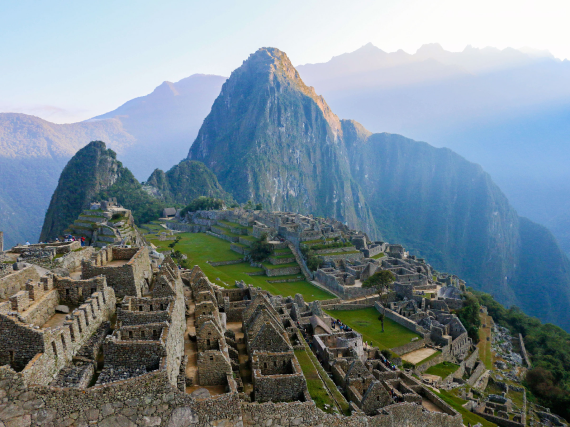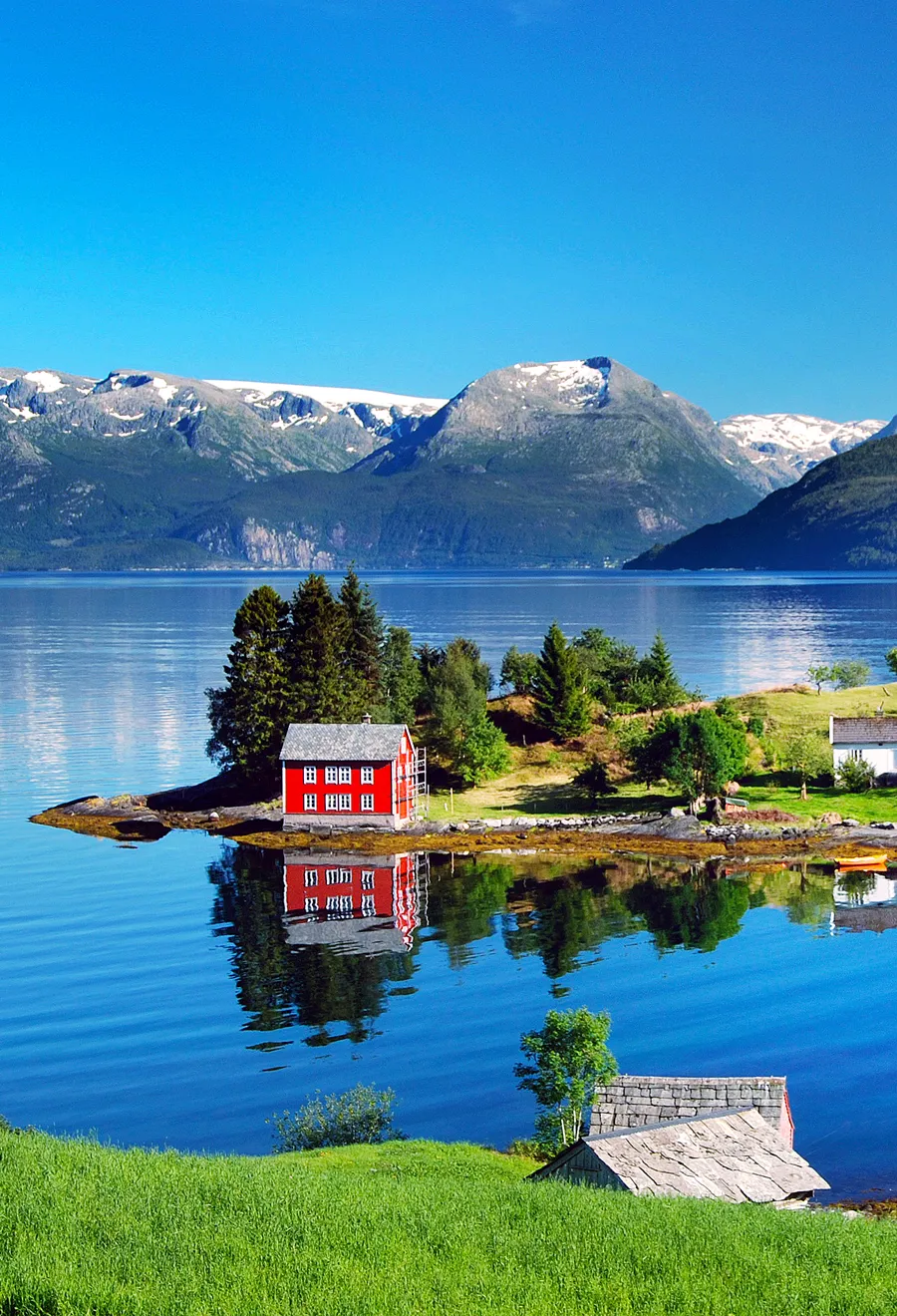You don’t need to be traveling on a shoestring to keep an eye on expenses — even billionaires have some sort of budget. And unless your funds are essentially unlimited, no one enjoys a final bill that’s more than expected, or having to suddenly skimp and watch every penny while on the road. With that in mind, here are seven popular travel destinations and vacations where things can be more expensive than you may have thought.
Iceland
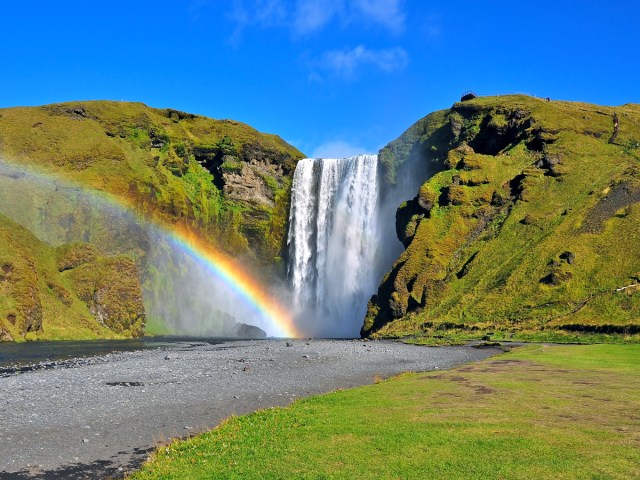
Black-sand beaches, aurora-washed skies, waterfalls, and hot springs — Iceland is a dream destination for travelers seeking out the wild and extraordinary. But in spite of affordable flights (and Icelandair’s attractive free stopover program), Iceland ranks as 2025’s most expensive destination for U.S. travelers, according to a recent study by financial trading company Forex Complex.
The cost of living in Iceland is over 15% higher than in the United States, and food can be particularly expensive. This makes sense when you consider the country’s harsh climate (which limits the agricultural growing season) and the high cost of importing goods. Additionally, Iceland has Europe’s highest gas prices; filling your (expensive) rental car to tour along the country’s famed Ring Road will set you back more than $9 a gallon. Popular activities such as entry to the famous Blue Lagoon ($80 and up) and glacier tours can quickly drain budgets, and even camping can cost around $25 per person per night.
Las Vegas
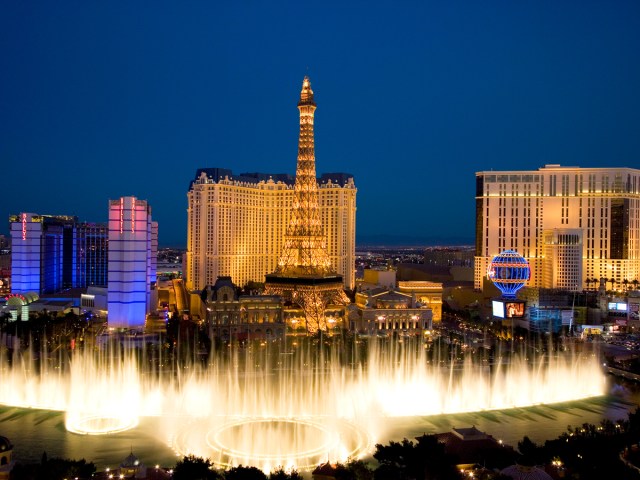
Viva, “Lost Wages”: Gambling or no gambling, the days of $1 shrimp cocktails and affordable all-you-can-eat buffets left Las Vegas not long after Elvis. Today, tourism numbers are down, as visitors rebel against outrageous ATM fees (some venues charge a percentage instead of a flat fee), pricey parking, and resort fees that add an average of $40 per night to those “budget” hotel rooms.
Still, the city’s a sports and entertainment mecca, so if you do visit, make a stop at a drugstore and stock up on supplies before you succumb to an overpriced bottle of water from your minibar. And be sure to check the fine print before ordering room service — MGM Resorts now charge a $25 “operation fee” for the luxury of eating from real plates with napkins and silverware.
African Safaris

The dream of seeing the “big five” (lions, leopards, elephants, buffalo, and rhinos) up close and personal on safari is a lifelong dream for many, and making that dream come true is understandably expensive. But even after base prices are budgeted for, many other costs can impact the bottom line of your once-in-a-lifetime trip.
First, there’s clothing: Light and neutral colors are recommended to repel insects while not disturbing the wildlife, so a new wardrobe may be in order. The CDC also recommends a number of vaccinations, as well as malaria medication for travelers visiting certain parts of Africa, and a visit to a travel medicine clinic can add hundreds of dollars per person to your trip costs. (Don’t forget about sunscreen and insecticide, either.)
Visas increase the cost, too: Tanzania’s visa fee is $100 USD (American citizens are required to have the Multiple Visa), as is the East Africa Tourist Visa, which covers Rwanda, Kenya, and Uganda. Park and conservation fees also may not be included in a safari’s base rate, and can run $100 per day or more.
Additionally, transfers by road or bush plane can add up quickly, and there is a substantial safari tipping culture. Local experts suggest $20 for your safari guide, $10 to $20 for general hotel or camp staff, $15 for a butler, and $15 or more for your safari tracker, per person, per day.
Cruises
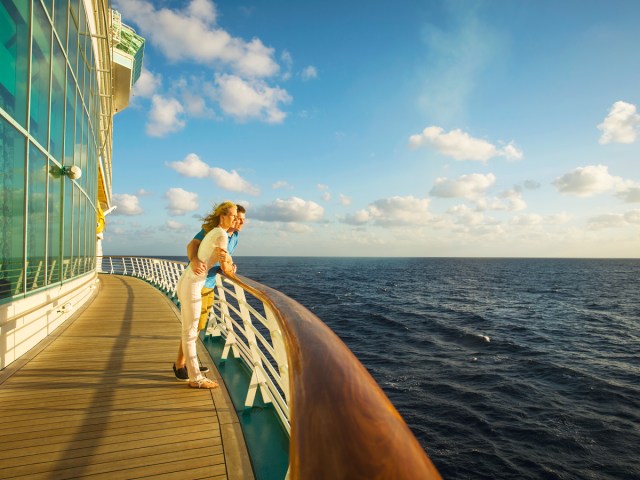
Hitting the high seas can come at a high cost. Advertised cruise fares often don’t include mandatory gratuities, which are charged per day per person, not per room. For example, Royal Caribbean charges $21 per guest per day for suite passengers and $18.50 for other staterooms. For a family of four on a weeklong cruise, that’s more than $500 in automatic gratuities alone.
Add in drink package gratuities (charged even on “free” drink packages), shore excursions, extra dining fees, photos, and internet packages, and you may find that these expenses can easily double the advertised cruise price. Want a Coke? On Carnival Cruise Lines, the nonalcoholic drink package will cost you $30 per day, per person. (There’s an automatic 18% service charge, too.)
Australia
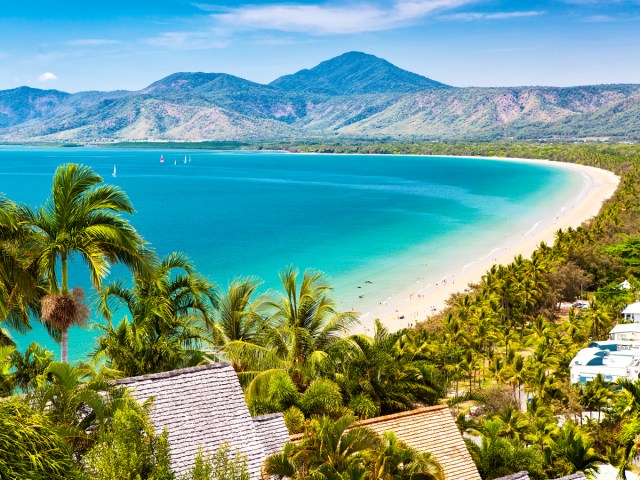
The Land Down Under remains at the top of many wanderers’ wish lists. And while travelers know to budget for expensive long-haul flights, many underestimate how costly everything can be once those long flights finally land. In fact, Australia is the second-most expensive destination for U.S. tourists in 2025, according to the same study from the Forex Complex.
The continent’s massive area (roughly the size of the lower 48), small population, and high fuel and vehicle prices keep costs elevated. Domestic flights between cities can run more than $500, while hotels average around $150 per night. Rental cars can also be expensive, and popular attractions such as the Great Barrier Reef often involve costly tours and boat transfers. There’s some bright news, however: Currently, the U.S. dollar is quite strong against the Australian dollar.
Norway
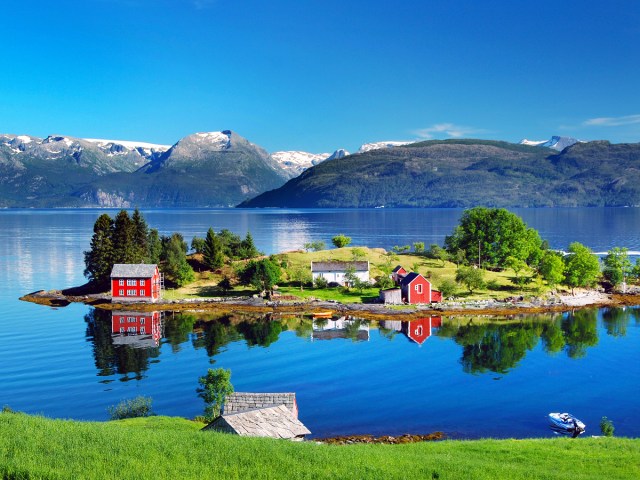
Though Norway is consistently ranked as one of Europe’s most expensive countries, the Scandinavian country’s dramatic fjords and natural beauty still attract travelers who may quickly realize they’ve underestimated costs. Norway’s standard of living (and wages) are quite high, and that’s reflected in the prices.
While hotels can be surprisingly reasonable (averaging around $120 per day, according to some sources), a three-course meal in a midrange restaurant costs over $55 per person on average, beers are at least $10, and groceries are up to 60% more expensive than elsewhere in Europe. Plus, the costs of activities like fjord cruises and the gorgeous Flåm Railway (around $60) can add up quickly.
The Maldives
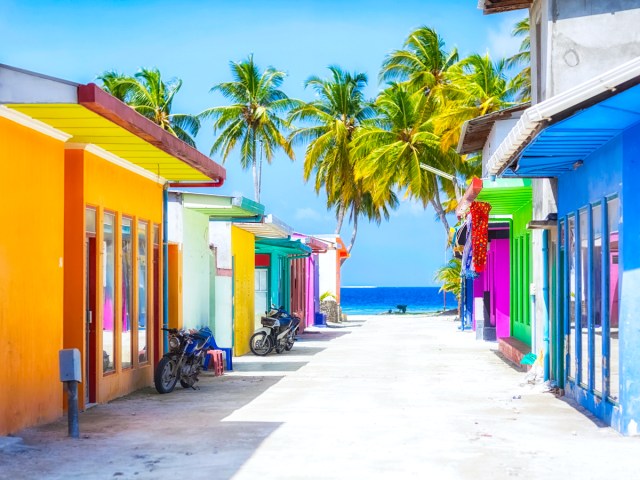
While everyone knows that luxury overwater villas in island paradises don’t come cheap, the hidden transportation costs in the Maldives can shock even those prepared for high resort prices. Transfers from Malé Airport to the resort islands cost anywhere from $100 to $200 for a speedboat or $300 to $700 round-trip per person for a shared seaplane — an expense that’s rarely included in advertised rates. For an eye-watering example, the cheapest transfer to the Waldorf Astoria resort runs a cool $900 per person — and that doesn’t include the 28.7% tax and service charge.
Once they arrive, guests are captive to resort pricing: On-site meals, drinks, and activities are often the only options, and markups are substantial. Even “budget” guesthouse islands have limited affordable dining. Many resorts also charge hefty government taxes (17%) on top of room rates, and may include mandatory service charges of 10%.
More from our network
Daily Passport is part of Inbox Studio, which publishes content that uplifts, informs, and inspires.

